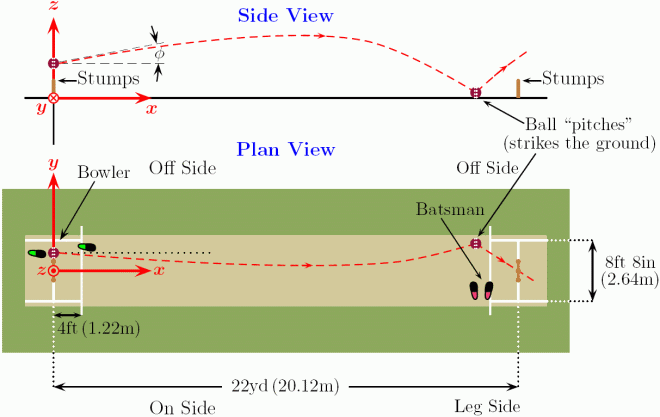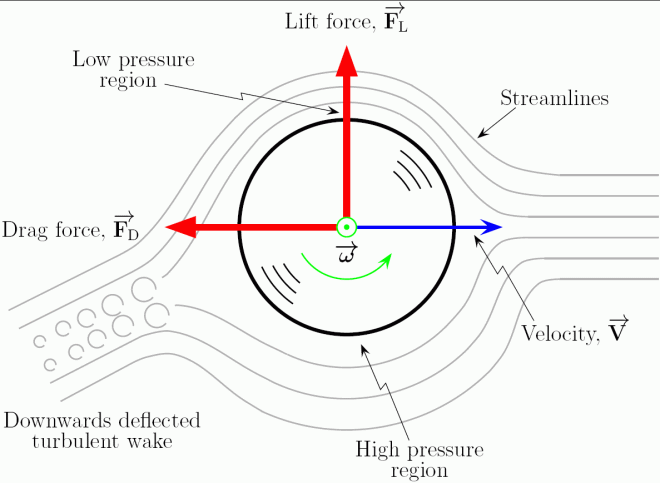July 04, 2013
As the Ashes series gets underway next week, a pair of brothers from Australia have been exploring the physics behind the spin of a cricket ball.
While physicists are much more accustomed to measuring the spin of electrons, protons and neutrons, Garry and Ian Robinson, Honorary Visiting Fellows at the University of New South Wales and the University of Melbourne respectively, have presented equations that govern the trajectory of a spinning ball as it moves through the air in the presence of a wind.
Their paper has been published today, 5 July, in Physica Scripta – a journal published by IOP Publishing on behalf of the Royal Swedish Academy of Sciences for the Science Academies and the Physical Societies of the Nordic Countries.
If the English and Australian cricketers are looking to take advantage of their results then they will be hoping that the unpredictable British weather brings plenty of wind throughout the five-game series, as the researchers have calculated that it can have a profound effect on the movement through the air of a spin-bowler’s delivery.
According to the research, the presence of a cross-wind from either side of the cricket pitch can cause the spinning ball to either slightly “hold up” or “dip”, depending on which direction the wind comes from and which way the ball is spinning. This therefore changes the point at which the ball pitches on the wicket.
Garry Robinson said: “Our results show that the effects on a spinning ball are not purely due to the wind holding the ball up, since a reversal of wind direction can cause the ball to dip instead. These trajectory changes are due to the combination of the wind and the spin of the ball.

“The effects of spin in the presence of a cross-wind, and how to fully exploit it, may or may not be completely appreciated by spin bowlers. Either way, we have provided a mathematical model for the situation, although the model of course awaits detailed comparison with observations.”
As an example, the researchers show that when a 14 km/h cross-wind interacts with the spinning ball, the point at which it hits the ground can change by around 14 cm, which they believe may be enough to deceive a batsman.
The equations take into account the speed of the ball, gravity, the drag force caused by air resistance, and the Magnus or “lift” force, while at the same time incorporating the important effect of wind.
The Magnus force is a commonly observed effect, particularly in ball sports, when the spin of a ball causes it to curve away from its set path. This is observed in football when players purposely put spin on the ball to make it bend around a defensive wall.
Once the equations were constructed, they were numerically solved using a computer software program called MATLAB; the solutions were then used to create illustrative examples for cricket.
The researchers also show that a spinning cricket ball tends to “drift” in the latter stages of its flight as it descends, moving further to the off-side for an off-spinning delivery and moving further towards the leg-side for a leg-spinning delivery, effects which are well-known and regularly utilised by spin-bowlers.
“We hope that this work can be used to cast new light on the motion of a spinning spherical object, particularly as applied to cricket, whilst also stirring the interests of students studying differential equations,” Garry continued.
From Friday 5 July, this paper can be downloaded from http://iopscience.iop.org/1402-4896/88/1/018101.















